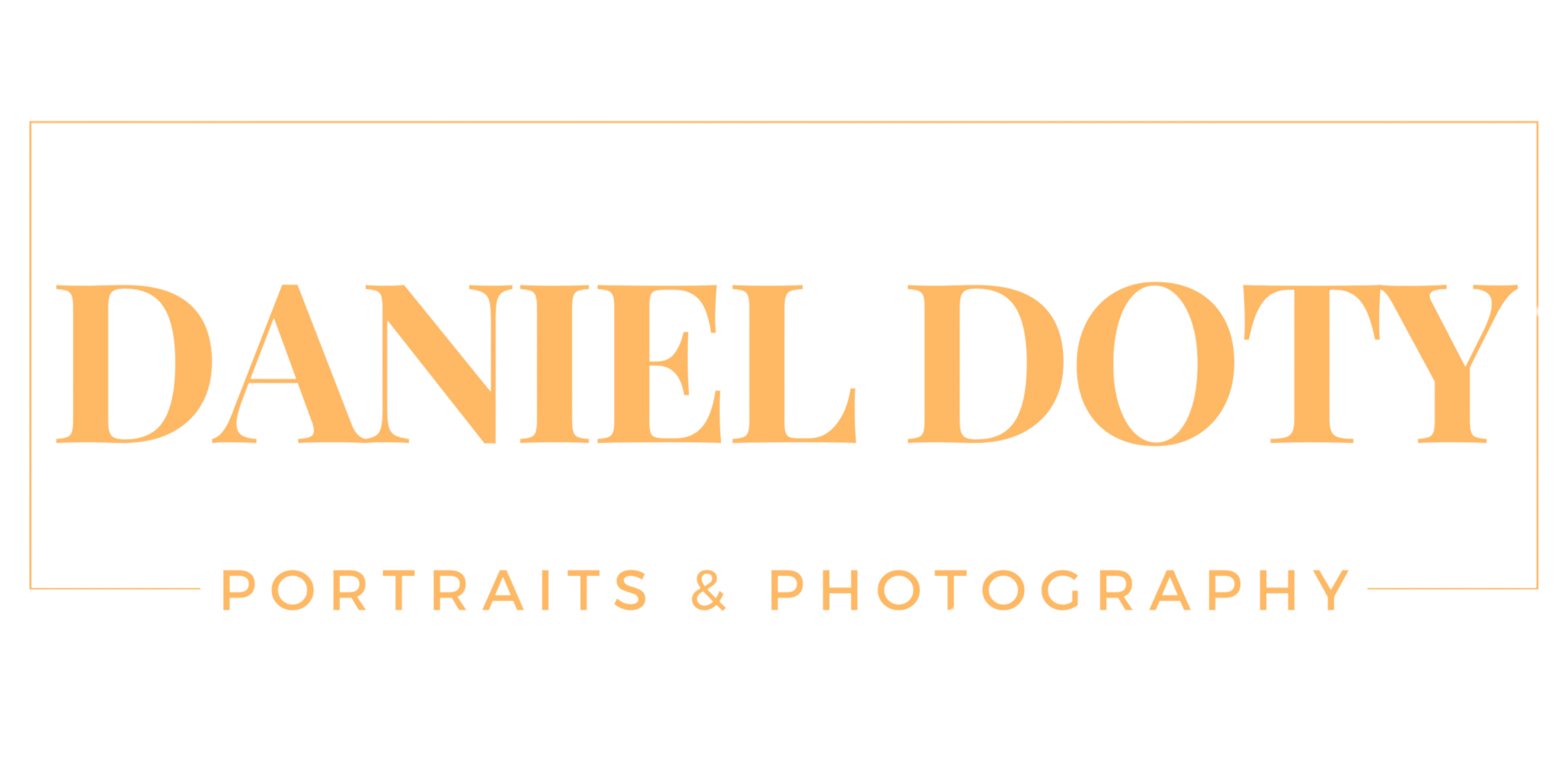Film Photography vs Digital Photography
In the world of photography, there has long been a debate between film photography and digital photography.
While both have their advantages and disadvantages, the choice between the two often comes down to personal preference and the specific needs of the photographer.
In this article, we'll take a closer look at film photography vs digital photography for portraits, comparing the two mediums in terms of quality, cost, convenience, and more.
The Advantages and Disadvantages of Film Photography for Portraits
Film photography has been around for over a century and has a unique charm and aesthetic that many photographers still prefer today. Here are some of the advantages and disadvantages of film photography for portraits:
Advantages:
Aesthetic appeal:
Film photography has a unique look and feel that many photographers find appealing, with its grainy texture and color rendition.Image quality:
Film has a wide dynamic range that allows it to capture a wider range of colors and tones than digital.Longevity:
Film negatives can last for decades or even centuries with proper storage, making it a great choice for archival purposes.
Disadvantages:
Cost: Film photography can be expensive due to the cost of film, processing, and printing.
Limited shooting capacity: Unlike digital cameras, film cameras have a limited number of shots per roll, meaning you'll need to carry multiple rolls if you want to take a lot of photos.
No instant feedback: With film photography, you won't be able to see the results of your shots until they are processed, which can be a disadvantage for those who prefer instant feedback.
The Advantages and Disadvantages of Digital Photography for Portraits
Digital photography has become increasingly popular in recent years due to its convenience, affordability, and accessibility. Here are some of the advantages and disadvantages of digital photography for portraits:
Advantages:
Convenience: Digital cameras allow you to take an unlimited number of shots without having to change rolls of film, making it more convenient for portrait sessions.
Instant feedback: With digital photography, you can immediately see the results of your shots, allowing you to make adjustments on the spot.
Lower cost: While digital cameras can be expensive, the cost of taking and printing photos is generally lower than film photography.
Disadvantages:
Limited dynamic range: Digital cameras have a more limited dynamic range than film, which can result in a loss of detail in highlights and shadows.
Image compression: Digital photos can become compressed and lose quality when saved in certain formats, which can be a disadvantage for those who require high-resolution images.
Lack of physical copies: Digital photos are stored on a computer or memory card, which can be lost or corrupted, whereas film negatives can be physically stored and preserved for future use.
Which is Best for Portraits?
So, which is best for portraits, film or digital photography? The answer ultimately depends on your personal preference and the specific needs of your photography.
If you value the aesthetic appeal and image quality of film photography, and are willing to pay the higher costs associated with it, then film may be the way to go.
However, if convenience, instant feedback, and lower costs are more important to you, then digital photography may be the better option.
Ultimately, the choice between film and digital photography comes down to personal preference, and there is no right or wrong answer.
Both mediums have their advantages and disadvantages, and it's up to each photographer to decide which one best suits their needs and style.
By weighing the pros and cons of each, you can make an informed decision on which one to use for your portrait photography.
